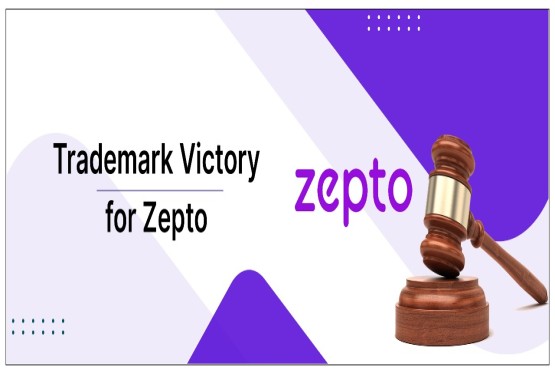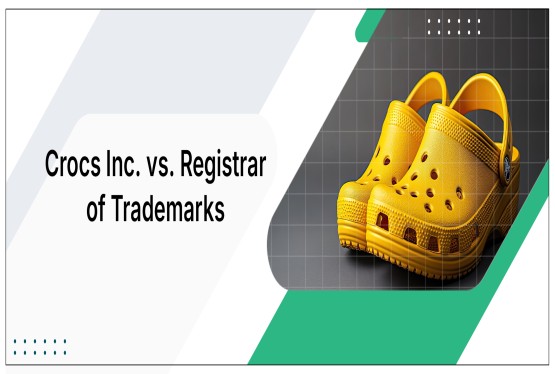“Assignment” and “Transmission” are the two sides of the same coin in the Trademark. Before understanding these two terms first one should know what Trademark is all about. Trademark means a mark capable of being represented graphically and capable of distinguishing one person's goods or services from those of others, and may include the shape of goods, their packaging, and color combination. Most of the people think in general that Trademark Registration is just a matter of one-two months to get their brand registered but actually it goes through several Stages of Trademark Registration to get the Certificate of Registration.
Trademarks are involved in the business name, a logo, or a "combined mark" that covers both your business name and the logo associated with it. The owner of the trademark (the assignor), like any other property or asset, has the right to sell, license, or transfer it. Trademark transfer is possible either through Assignment and Transmission. Trademark assignment and transmission is the process by which ownership of a trademark is transferred from one person to another with full or partial rights depending on the terms and conditions of the trademark owner.
This article explains the term Assignment and Transmission of the Trademark, as well as its benefits, types of trademark assignment or transmission, preconditions, and its procedure.
What is the difference between trademark assignment and trademark transmission?
In general, the terms Assignment and Transmission are used interchangeably, but Section 2 of the Trademark Act clearly distinguishes between the two. In the case of a trademark assignment, ownership of the registered brand changes, whereas in the case of a trademark transmission, the right in the trademark remains with the original owner but only a few limited rights to use the brand/mark are granted to the third party.
For example, suppose X owns the trademark "LM" and decides to assign it to Y. It means that X no longer owns the trademark, and that after proper assignment, Y will be the registered owner of the trademark and will have all rights to it.
Whereas, if X decides to do a Trademark Transmission, it means that X is still the original owner of the trademark but has just granted Y limited rights and liabilities to use the trademark.
Types of Trademark Assignment and Transmission
1. Complete Assignment and Transmission
It refers to the transfer of all rights, including rights to further transfer, royalties, and so on, from one individual to another.
For example, if a proprietor 'X' sells his all rights to the Trademark to Y another proprietor, Y will have all the exclusive rights to the Trademark and can use it in any way he sees fit, he can further transfer it, he can receive royalties for the usage of the Trademark or set some guidelines for the usage of the Trademark as they see fit, and there will be no need to seek the approval of 'X'.
2. Partial Assignment
It refers to the transfer of ownership of specific or limited services or products.
For example, if 'X', a proprietor, has a Trademark (<>) that deals with men's lifestyle products ranging from clothing to shoes, he can assign and transfer his trademark (<>) to Z on the condition that they can only use their trademark in dealing with shoes and nothing else, and only X has the right to use the trademark on all products. This is known as a partial transfer.
3. Assignment with goodwill
It refers to the transfer and assignment of a trademark, including all associated rights and values, from one person to another.
For example, X assigns and transfers his trademark (<>) to Z, including all rights and values. Z now has the exclusive right to use the trademark for all men's lifestyle products and any future products that they manufacture.
4. The assignment without goodwill
It denotes the transfer of a trademark by the owner in such a way that it can be used for purposes other than the original one.
For example, suppose X, a proprietor with a trademark (<>), deals with men's lifestyle products and assigns and transfers his trademark (<>) to Z on the condition that Z may use his trademark for any product other than men's lifestyle products.
Requirements/Checklist for Trademark Assignment
Assets that will be assigned
-
Trademark applications which are pending
-
Trademark registrations have been issued
-
Goodwill.
-
Associated trademarks, applications, or registrations.
-
International registrations are available.
-
Trademarks based on common law.
-
Names of living or deceased people.
-
Domain names, email addresses, social media or website accounts, and so on.
Execution conditions
-
Signatories.
-
Witness.
-
Notarization.
-
Legalization.
-
Date and location of the execution.
-
Power of attorney/Legal Authority.
Forms and Fees
An application for a registered trademark can be made using the following Forms to record an assignment:
Trademarks which are pending-
The applicant is required to submit Form TM-M. Each mark requires a fee of INR 900.
Trademarks which are registered-
The applicant is required to submit Form TM-P. The filing fee for such a trademark is INR 9000 for each mark to be assigned.
Process of Assignment and Transmission of Trademark (Section 45)
Assignment and Transmission are mentioned under section 37 to section 45 in the Trade Marks Act, 1999. The process of trademark assignment occurs when intellectual property rights are assigned or transferred to another person, with or without goodwill. Assignee, he is the person who qualifies as a result of the assignment of a certified trademark; he or she should apply for the trademark assignment in the manner specified. The following steps should be taken to complete the trademark assignment process. The procedures are as follows:
-
A trademark assignment application must be made in Form TM-P by the assignor or assignee, or both can make a joint request to register the assignee as a subsequent proprietor.
-
Apply for a trademark registration with the registrar within six months of acquiring the proprietorship. The application can be filed later, but the required fee may vary.
-
In the case of an assignment without goodwill or an assignment of a certified trademark, the registrar of trademarks must issue a regulation within six months of the date of delivery or within the extended long period provided by the registrar.
-
Advertise the assignment in such a manner and within the time frame specified by the registrar.
-
A copy of the registrar's direction and the assignment advertisement must be submitted to the office to ensure that the directions were followed correctly.
-
After receiving the trademark assignment application and required documents, the registrar shall, if satisfied, register the assignee as the proprietor of the trademark and record the assignment specifications in the register.
Benefits of Trademark Assignment and Transmission
Business expansion
The owner expands his business by using the same trademark in more than one place at the same time by assigning and transmitting the trademark from the owner to the assignee. By delegating some of the owner's authority, the owner gains the ability to assign a trademark to more than one person.
Advantages of an already established brand
The assignment and transmission of a trademark allow the assignee to build their business on an already established trademark in the market. It also assists the assignee in saving money and resources by not investing in marketing to build a brand.
Legal Proof
Because all legal rights and liabilities were already mentioned in the form of a legal deed, trademark assignment and transmission serve as legal proof in the event of any disputes regarding the use of a trademark.
Monetary advantages
By assigning and transmitting a trademark, the owner of the trademark receives monetary benefits as well as an increase in the value of the brand by using the same trademark in more than one location.
Conclusion:
Brand assignment and transmission are significant issues, and proper planning can open doors to new opportunities for all parties involved, including the licensor, licensee, assignor, and assignee. Both concepts entail some degree of foresight into the future of the parties involved as well as the brand in question. The development, propagation, and use of a brand are all in the hands of the brand's proprietor, and trademark assignment and transmission are effective methods of managing the same. The assignment of a trademark allows the owner to cash in on their intellect, efforts, time, and money.
It is also critical to register a trademark assignment because the details of the assignee are updated in the trademark register, which serves as notice to the public at large. Furthermore, the preparation of assignment agreements is critical because it involves rights, entitlements, interests, and obligations, as well as commercial terms between the assignor and the assignee.






























_(b)_of_the_Trademark_Act,_1999_(1)_crop10_thumb.jpg)


_crop10_thumb.jpg)




























_crop10_thumb.jpg)
_crop10_thumb.jpg)






_crop10_thumb.jpg)








_crop10_thumb.jpg)
_crop10_thumb.jpg)



_crop10_thumb.jpg)





























_crop10_thumb.jpg)

















_crop10_thumb.jpg)






_crop10_thumb.jpg)












































































































































_crop10_thumb.jpg)




































_crop10_thumb.jpg)












_crop10_thumb.jpg)






















